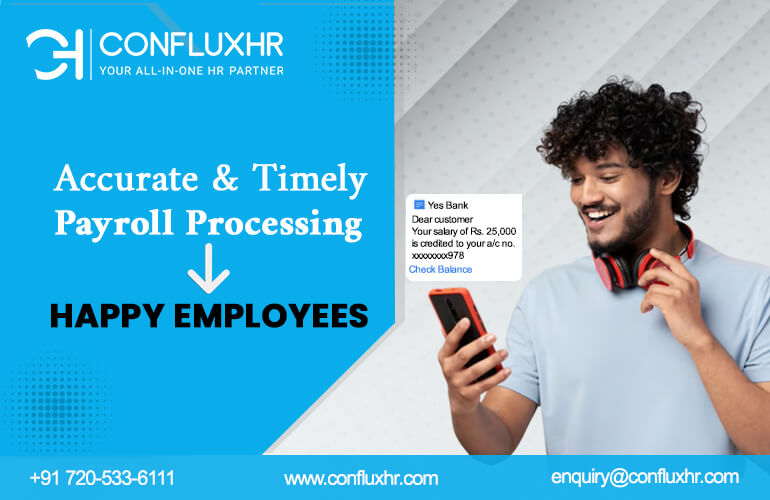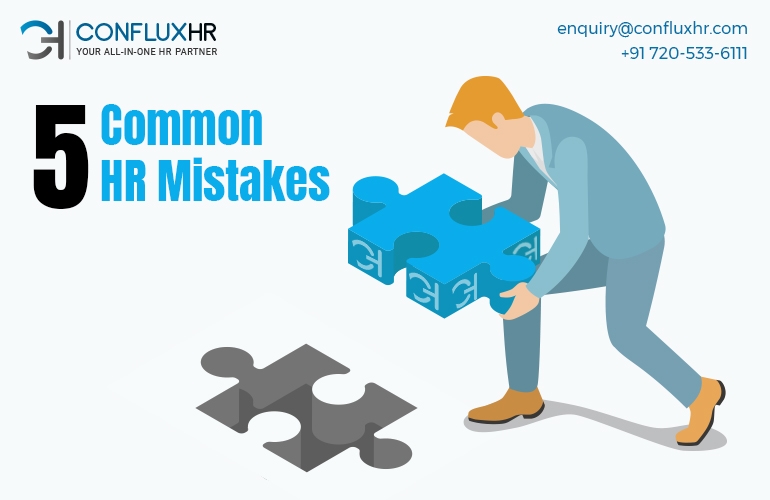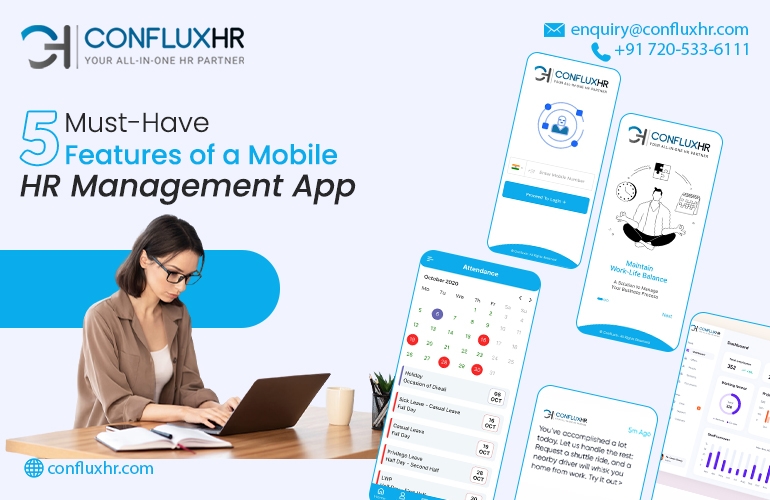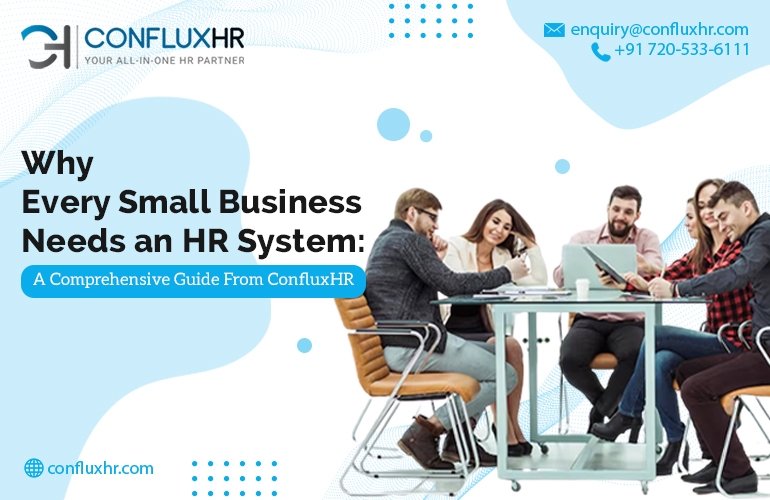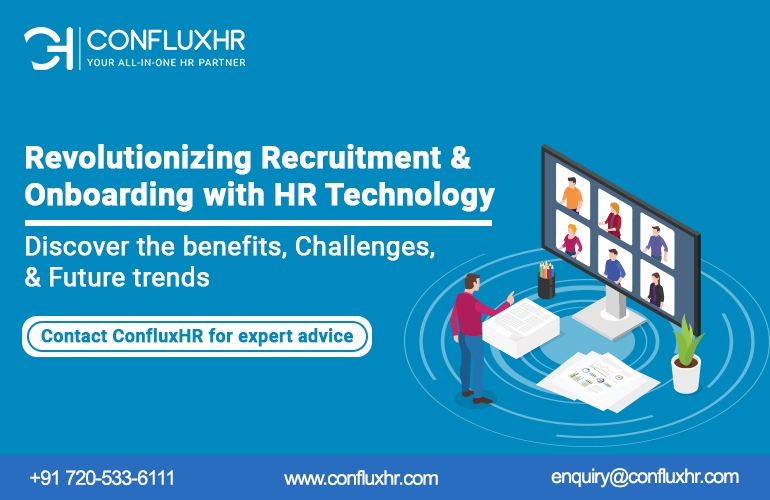As a hiring manager or recruiter, the task of sifting through resumes and finding the best candidate for a job opening can be daunting. However, with the right tools and strategies, you can streamline the process and find the right fit for your organization.
One such tool is an Applicant Tracking System (ATS), which can help you hire top talent quickly and efficiently. In this blog, we’ll explore the benefits of using an ATS and how ConfluxHR’s solution can make a difference.
What is an Applicant Tracking System?
An Applicant Tracking System is a software tool that automates and streamlines the recruitment process. It helps recruiters and hiring managers keep track of all job applications, resumes, and candidate data in one place.
With an ATS, you can easily manage the entire hiring process, from posting a job opening to making a job offer.
Why do You Need an Applicant Tracking System?
Without an ATS, you risk losing out on top talent due to a slow and inefficient hiring process. An ATS can help you overcome common hiring challenges such as the overwhelming amount of applications, candidate screening, and tracking communication with applicants.
Additionally, an ATS can save you time and money by reducing manual data entry and increasing your ability to hire the right candidate for the job.
Benefits of an Applicant Tracking System
Better Candidate Experience: With an ATS, candidates can easily apply for jobs and track their application status online.
Streamlined Hiring Process: An ATS can reduce the time it takes to fill a position by automating repetitive tasks such as candidate screening and scheduling interviews.
Data-Driven Hiring: An ATS provides valuable data such as applicant sources, hiring timelines, and candidate demographics, which can help you make data-driven hiring decisions.
ConfluxHR’s Applicant Tracking System
ConfluxHR’s Applicant Tracking System offers advanced features such as resume parsing, resume screening, interview scheduling, and custom hiring workflows.
Additionally, ConfluxHR’s ATS integrates with other HR modules, such as payroll and performance management, to provide a comprehensive HR solution.
Conclusion:
An Applicant Tracking System is a valuable tool for any organization looking to hire top talent quickly and efficiently. With ConfluxHR’s ATS, you can streamline your recruitment process and make data-driven hiring decisions.
Don’t miss out on top talent – invest in ConfluxHR today.



